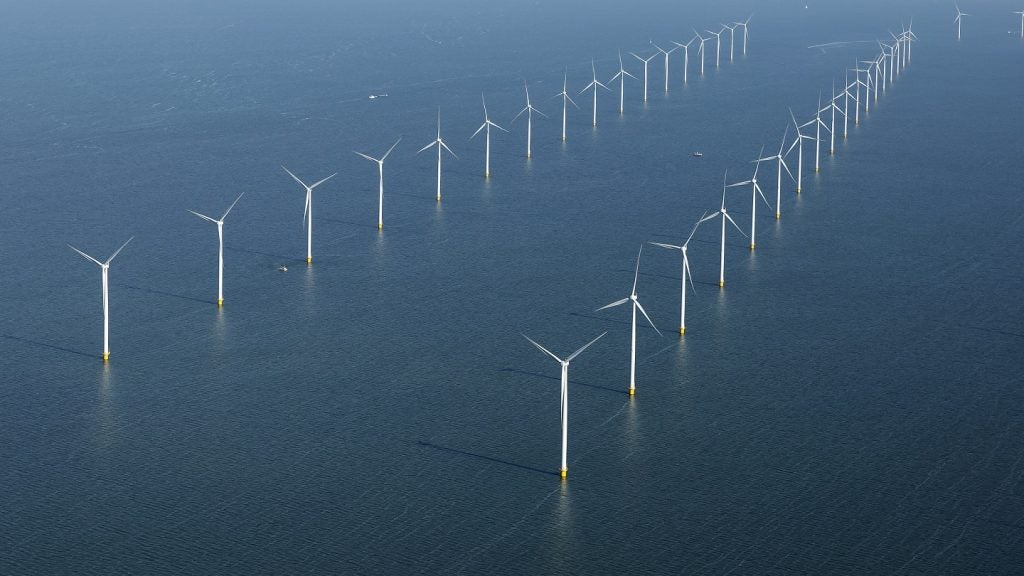
To address the bulk of emissions for which the sector is responsible, media companies must engage with suppliers and reduce Scope 3 emissions, according to a new report by GlobalData.
GlobalData’s Thematic Intelligence: Net Zero Strategies in Media report unpacks the climate strategies of 20 selected media companies from information leaders such as Bloomberg, Fox and The New York Times to entertainment providers like Netflix, Spotify and Comcast.
The report identifies Disney, Bloomberg, Thomson Reuters, Sony, NewsCorp, Comcast and Schibsted as leaders due to their respective emissions reductions, reporting and targets for reaching net zero.
Identified as laggards are Fox, Evolution, NetEase, Spotify, Liberty and The New York Times, some of which have no net-zero targets.
Emissions in the media industry
“Scope 3 emissions constitute most of the emissions in the media sector,” says GlobalData analyst Eren Cicyasvili. “According to the report, 36% of the emissions of the selected 20 media companies are Scope 1 and 2 emissions whereas the remaining 64% is Scope 3.”
Despite nearly two-thirds of the media companies’ emissions being Scope 3, only nine out of the 20 companies had net-zero targets that covered Scope 3 emissions.
How well do you really know your competitors?
Access the most comprehensive Company Profiles on the market, powered by GlobalData. Save hours of research. Gain competitive edge.

Thank you!
Your download email will arrive shortly
Not ready to buy yet? Download a free sample
We are confident about the unique quality of our Company Profiles. However, we want you to make the most beneficial decision for your business, so we offer a free sample that you can download by submitting the below form
By GlobalDataWhile Scope 3 emissions are the most difficult type of emissions to measure – as they are generated by assets not owned directly by the companies – the report highlights that media companies must engage with suppliers to reduce the sector’s carbon footprint.
NewsCorp for example, joined the Carbon Disclosure Project (CDP) Supply Chain programme and asked its suppliers to share their emissions data with the CDP.
Cicyasvili says companies need to come up with a net-zero strategy not only to help minimise the negative impact of climate change but also to comply with regulations on reporting and governments’ net-zero targets.
Media climate strategies
“The main strategies used by the selected 20 media companies to reduce Scope 1 and 2 emissions are ensuring energy efficiency and green content production, and using carbon offsets and renewable energy,” says Cicyasvili.
“When it comes to reducing Scope 3 emissions, the main strategies include engaging with suppliers, educating consumers regarding more environmentally friendly consumption, and cutting emissions related to business travel and employee commuting.”
One of the identified leaders, Bloomberg, has targets to reduce Scope 1 and 2 emissions by 80% by 2030 and reduce Scope 3 by 30% from a 2018 baseline.
“Bloomberg’s net-zero strategy focuses on setting targets to lower emissions, cutting energy usage and consumption, mitigating the environmental impact of its facilities – for example reducing waste generation, increasing energy efficiency in facilities and data centres, and engaging in more sustainable catering operations – and mitigating emissions related business activities like business travel and publishing operations,” Cicyasvili explains.







